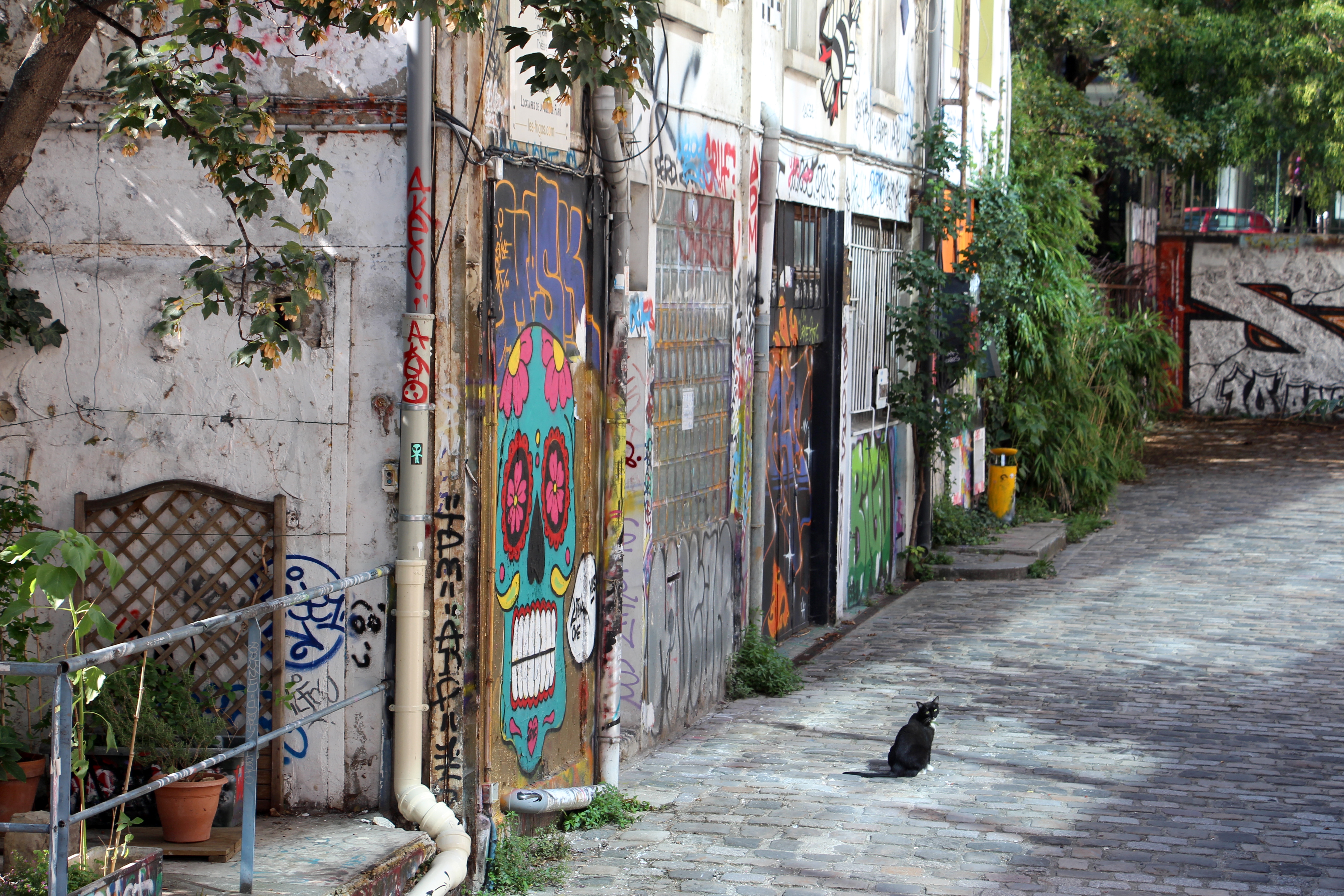1. For a long time, Paris was a city that seemed locked in time. I didn’t mind it. Coming from New York, where it seemed things were always changing, especially to me – a teen who considered myself a New Yorker and yet spent maybe six weeks there over the course of a year, Paris’ staticity has always been rather reassuring.
But Paris is in fact changing; Lindsey Tramuta’s The New Paris is pretty much the best guide I’ve found to the phenomenon. Traditional bistros are being replaced by innovative, fresh neo-bistros; cafés are being abandoned in favor of craft coffee houses; even the traditional, stodgy wine is being abandoned in favor of vins vivants, natural, sulfite-free wines with tons of freshness and flavor. And the streets of Paris, once a testament to the ideal concretized by Napoleon III, are now welcoming novelty, particularly in the form of street art.
2. Just a few steps from Bercy train station, Les Frigos were once refrigerated warehouses, a hub during the height of the Les Halles market in central Paris. Their name, which translates to “the fridges,” evokes their original purpose. But when this key market was decentralized and moved out towards Orly Airport, becoming Rungis, the frigos lost their usefulness.
3. Instead of destroying the original building, however, the city left it standing, facilitating the development of the artists’ collective that now inhabits it. Today, 200 creators use Les Frigos as their workshop and exhibition space, giving new life to the defunct warehouses.
4. Generally speaking, Les Frigos are not open to the public, though one can walk by and admire the tags that decorate the outside of the building. Every spring, however, the workshops within open for visits, so that passers-by can admire, not just the building, but the art created within.
5. Even on random days, however, it’s worth walking past to see how street art is changing this behemoth, which has (please pardon the terrible pun) remained “cool” after all these years.




